Pingos and mardels: high-resolution digital terrain models suggest meteorite impact craters in addition to permafrost, sinkhole and dead-ice formation models.
Kord Ernstson1 and Jens Poßekel2
Abstract. – With the meanwhile widely available data of Digital Terrain Models (DTM) with extremely high resolution of the bare terrain surface, vertically and horizontally, down to the decimeter and centimeter range and freed from buildings and any vegetation, completely new possibilities have opened up in the geosciences, which entail paradigm shifts in established ideas and textbook wisdom. Such a paradigm shift is especially indicated in ice age research and more generally in the still open discussion of the formation of smaller terrain forms in the manner of general and diverse depressions. With the new possibilities of the DTM a new “contender” has entered the discussion, which was already considered as a cause sporadically in former times, since relatively short time with the extreme terrain resolution of the DTM has led to completely new ways of consideration. This article reports about it with the finding that impact craters may be the more reasonable explanation for previously assumed pingos, mardels in the general sense, and dead ice holes.
Keywords: Pingo, mardel, sinkhole, dead ice hole, meteorite crater, impact crater strewn field, impact airburst
____________________________________________
1University of Würzburg, D-97074 Würzburg, Germany, kernstson@ernstson.de; 2Geophysik Poßekel Mülheim, Germany, jens.possekel@cityweb.de.
1 Introduction
Pingos are mounds of earth formed in permafrost. The interior of the mound consists of an ice core, and they have a circular or oval shape and can reach a diameter of up to several hundred meters and a height of up to several dekameters. When the ice core melts, the pingo collapses and forms a depression in the ground called a pingo ruin. A common explanation of ice core formation is artesian rising warmer waters in the permafrost, which freeze there and are successively pushed further and further up as a massive core.
The term “mardel” (or mardelle) is generally used to describe both temporary and year-round water-filled terrain depressions. Mardels can be both shallow sinkholes [3], which were formed naturally, and artificial pits, which were excavated by material extraction for various purposes, but were also already interpreted as human dwellings.
Conceptually related to the mardels are the “Sölle” [1, and references therein, 2], a glacial and periglacial phenomenon in the ground moraine landscapes of continental Europe. Their formation as small roundish depressions with a ring wall is generally understood as dead ice hole formation [e.g. Wikipedia], while according to [2] rather an interpretation according to the pingo model seems to be applicable. The literature on these conspicuous, in some areas to tens of thousands of trough-like, mostly roundish terrain forms, is enormous with a variety of conflicting theories of origin.
Here we take up the already discussed formation of the Sölle, pingos, dead ice holes and mardels [4], and extend our hypothesis that for a part of these disputed depressions a meteorite impact origin is the more accurate solution. An opinion on the formation of mardels as meteoritic craters, standing alone at that time, was already published in [5, 6]. The fact that today this hypothesis is revived and can be significantly substantiated is due to the now generally available area-wide data for extremely high-resolution digital terrain models (DTM) in the centimeter and decimeter range, partly in combination with modern geophysical measuring methods, which were not available to earlier ice age researchers and geomorphologists.
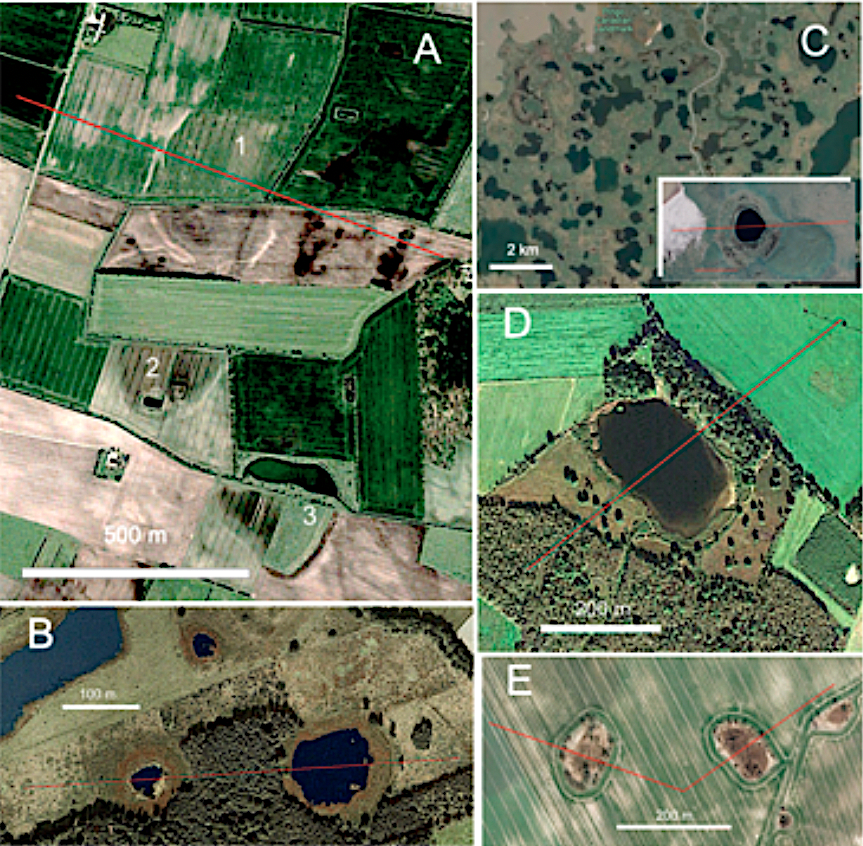
Fig. 1. Pingo ruins. A Bovlund (Denmark), B Drenthe (The Netherlands), C Pingo National Landmark (Canada), D Wellingster See (Lower Saxony, Germany), E Schwanefeld/ Hohengüstow (Mecklenburg-Western Pomerania, Germany). Google Earth.
2 Pingo ruins
The pingo ruins from various countries shown in Fig. 1 are considered reasonably certain about to their origin. Probably the best known is the Mackenzie-Delta pingo region in Canada. (detail in Fig. 1 C). Common to virtually all pingo ruins is their irregular, often slightly oval-elongated shape. (Fig. 1). Slight ramparts conform to the irregular shallow depressions.
3 Mardels
Mardel (= mardelle) is a term used mainly in France (Lorraine, Burgundy, into the Paris Basin), Luxembourg; Fig. 2) and the border regions there in Germany (Saarland, Rhineland-Palatinate), but occasionally appears in the literature for other countries with glacial and periglacial terrain forms. In practically all cases, mardels are described as vegetated shallow depressions, mostly preserved in forests, whose formation is understood in general as a kind of sinkholes above karstable geological strata.

Fig. 2. Mardels. 1-4 Burgundy, L Luxembourg.
In the glacial areas of the Central European Nordic and Alpine glaciations, the synonymous terms of “Sölle” or dead ice holes are more commonly used when the appearance is similar. This implies a different origin (dead ice!) than in the case of the typical mardels, whereby it also comes to mixings and confusions with the above mentioned pingo ruins. In the pre-Alpine glacial area, all such depressions are mostly unisonously declared as dead-ice holes conflicting heavily with the Chiemgau meteorite impact researchers [7].
4 Meteorite impact crater strewn fields
4.1 Craters
Strewn fields of mostly relatively young meteorite impacts are known, which include e.g. the densely clustered fields of Morasko, Odessa, Wabar, Kaalijärv and Macha as well as the more extensive fields of Campo del Cielo, Wyoming and Bajada del Diablo. Currently, the largest and most prominent impact crater strewn field, with well over 100 individual craters, is that of the Chiemgau impact, dated to 900-600 BC [7], and many references therein]. Already for the Chiemgau crater strewn field the high-resolution DTM (DGM 1 in Germany) has enormously contributed to the knowledge of the crater formation processes especially for the craters in the dense forest, which are “transparent” for the DTM. Other newly discovered young impacts with partly large crater strewn fields in Central Europe include, with evidence of well-known impact shock effects and all well-known other impact inventory, the Nalbach/- Saarlouis impact in Saarland [8], the Lower Rhine impact with unusual, widespread impactites [9], and impact strewn fields widespread in the Czech Republic [10, and references therein]. Common to all is the identification of the crater strewn fields with the partly innumerable individual craters is the morphological address using the extremely high-resolution DTM. This is especially true for the already mentioned North German glacial and periglacial regions, where fields of typical impact craters are obviously mixed with glacial forms [4]. Recent discoveries concern another crater strewn field outside the glacial regions, about which there is a parallel paper [11].
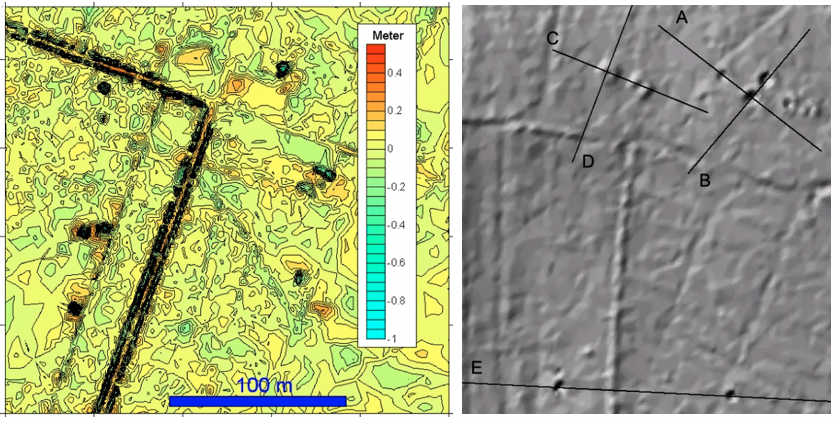
Fig. 3 A: Crater strewn fields in the Czech Republic.
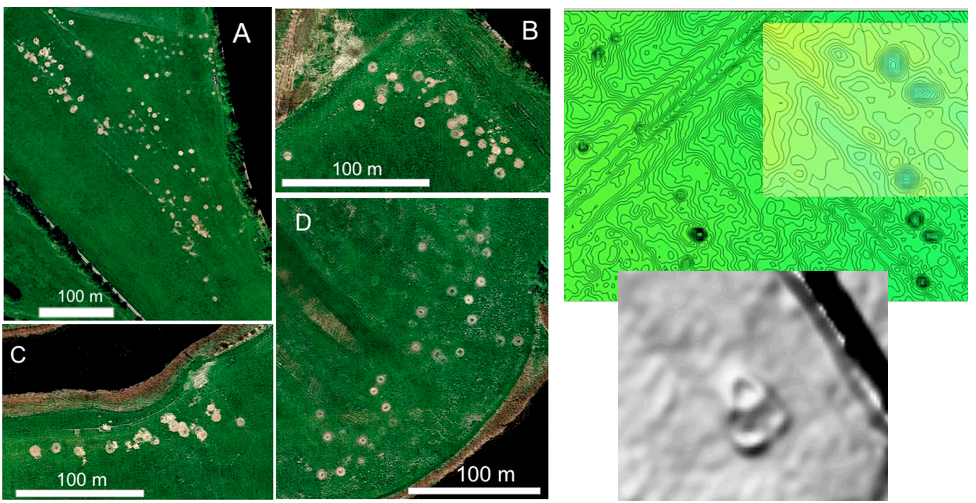
Fig. 3 B: Crater strewn field Premnitz (Brandenburg, Germany) comprising several clusters .
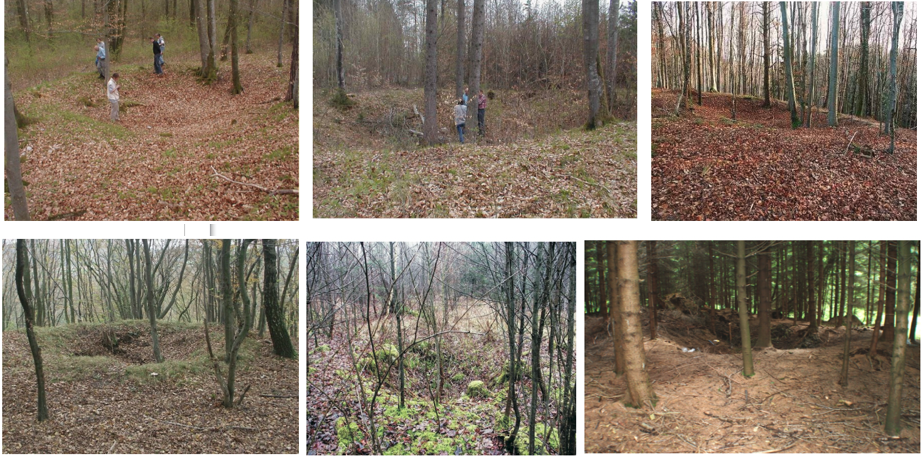
Fig. 3 C: Individual craters in the Chiemgau impact crater strewn field (Germany).
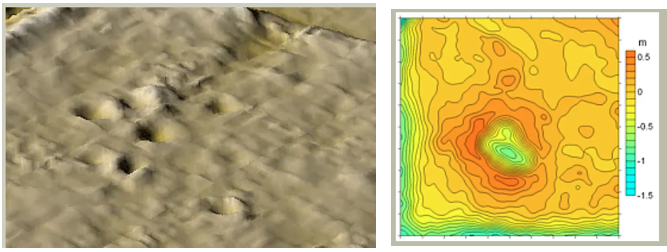
Fig. 3 D: Cluster of small craters and a triplet crater in the Chiemgau impact crater strewn field.
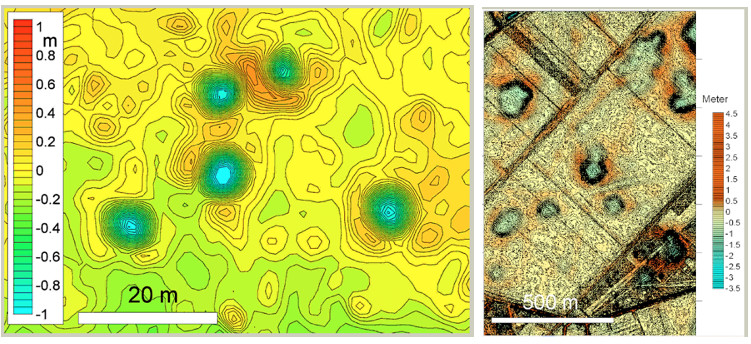
Fig. 3 E: Cluster of craters in the Nalbach/Saarlouis impact strewn field and probable multiple-impact structures with distinct rim walls in the Niederhein large strewn field.
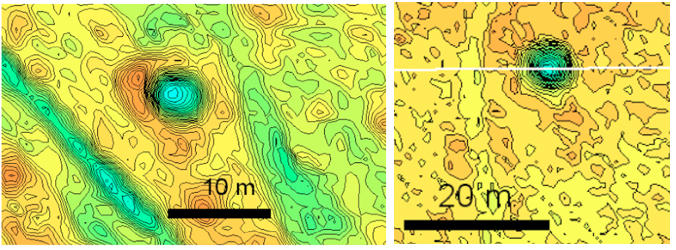
Fig 3 F: Craters in the Lower Saxonia impact strewn field.
Fig. 3 A – F. Selection of proven and suggested meteorite impact craters from various strewn fields.
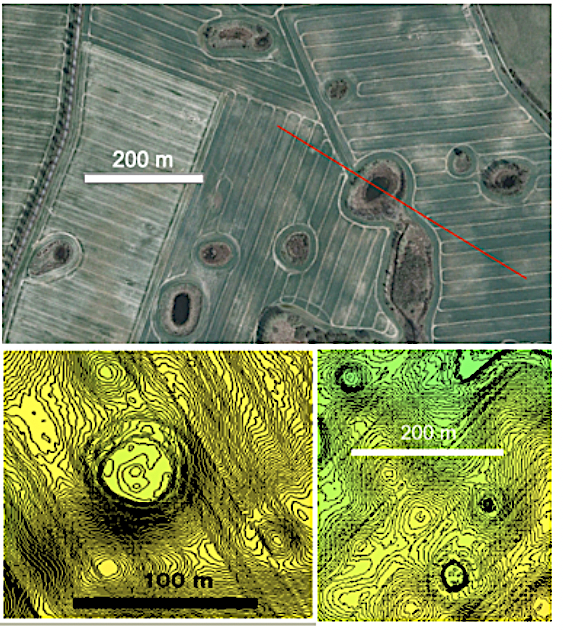
Fig. 4. The drastic difference. Top: Group of “Sölle” (pingos or dead ice holes) in the moraine glacial region of Mecklenburg-Pomerania. Bottom: Associated with the “Sölle” a selection of nearly perfectly circular structures of similar dimension, which we interpret as complex (multiple ring) impact sructures. Image above Google Earth, images below DTM, contour interval 0.1 m.
4.2 Profiles
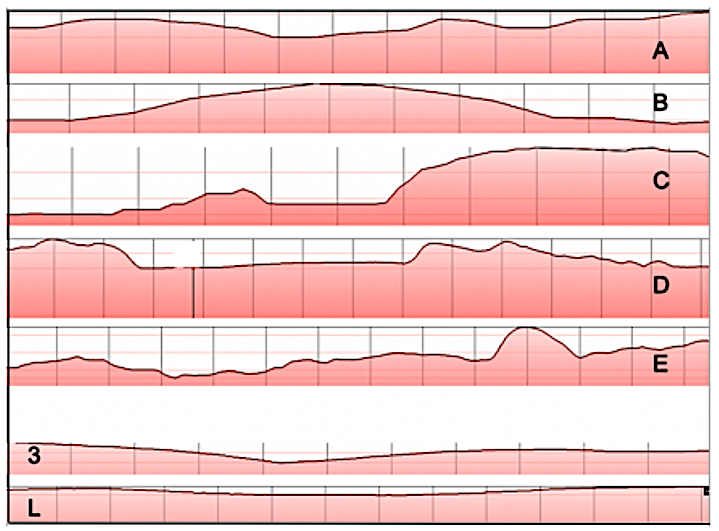
Fig 5. Terrain profiles of pingo ruins (Fig. 1, A-E) and mardels (Fig. 2: 3 and L). Height differences 1 – 5 m. Google Earth.
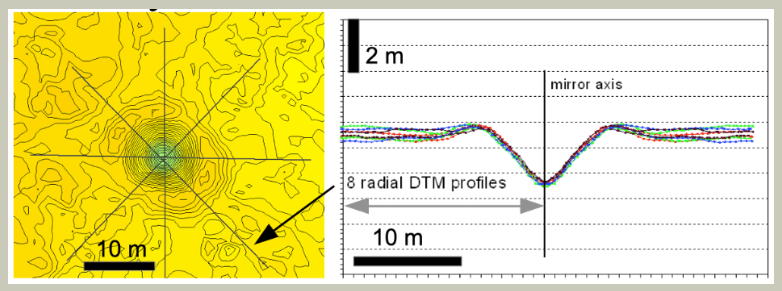
Fig. 6 A.The nearly perfectly matching profiles prove absolute
circularity of the crater over a 40 m area, excluding anthropogenic or ice age origin as impact opponents claim until today. Chiemgau impact crater strewn field, Schatzgrube crater.
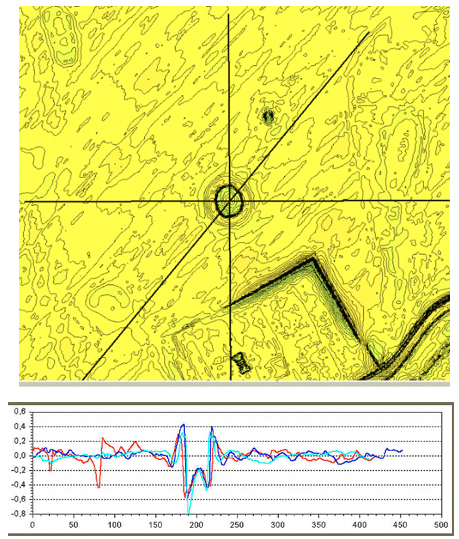
Fig. 6 B. Hohengüstow – Mecklenburg-Pomerania: This strewn field of several thousand crateriform structures is
commonly attributed to a glacial origin (dead-ice holes, pingo ruins). Our studies using the great possibilities of high-resolution DTM show that for a bulk of the mostly perfect circular and rimmed structures and diameters of in part more than 100 m cannot possibly have originated as ice age relic.
Top: Nearly perfect circular crateriform structure: note the three matching diametral DTM profiles over 150 m (below). More structures with a complex shape are discussed below. A small companion stractures is seen to the NNE.
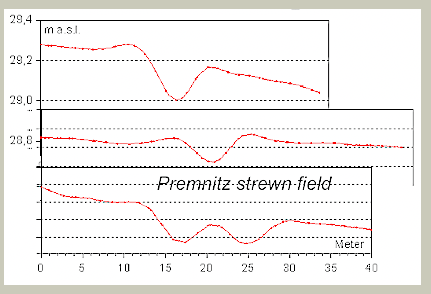
Fig. 6 C. Like the Schatzgrube crater (Fig. 6 A),we see diametrical DTM elevation profiles through craters from the Premnitz strewn field (Fig. 3 B), which can be considered prototypes: a central pit crater with a pronounced ring wall surrounded by a broader flat depression enlarging the complete structure to a diameter of several decameters.
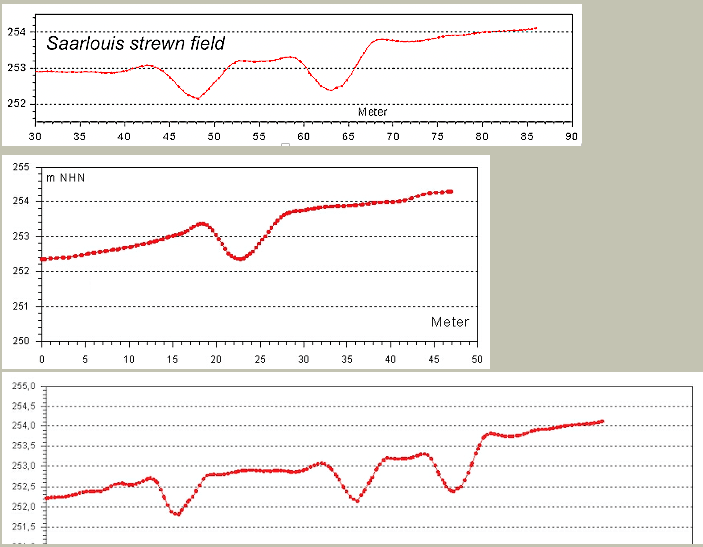
Fig. 6 D. The Saarlouis strewn field (Fig. 3 E) near the French border is probably associated with the recently established Nalbach/Saarlouisimpact event. Selection of DTM crater profiles from the Saarelouis strewn field. The similarity of the crater profiles from the distant strewn fields is amazing.
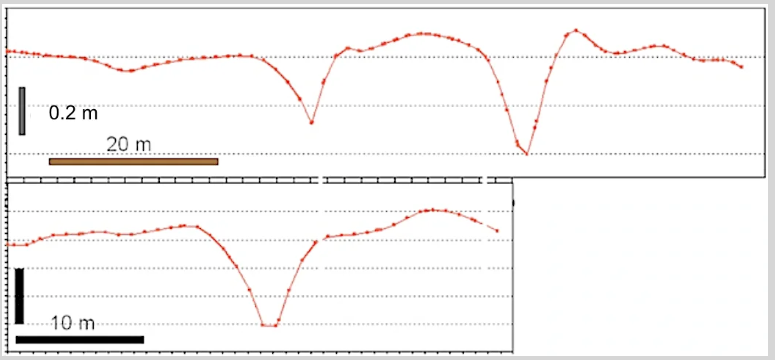
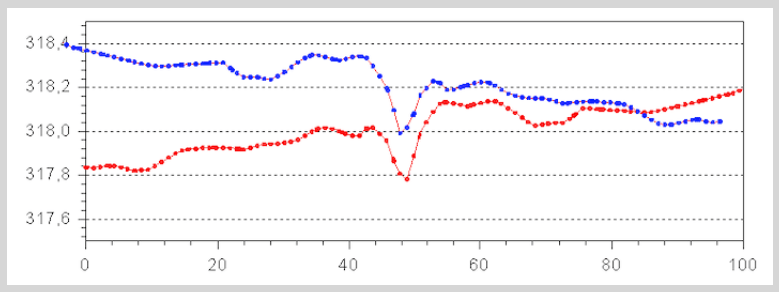
Fig. 6 E. Crater profiles from the Czech strewn fields, slightly funnel shaped. Bottom: DTM profile across a crater and its horizontal mirror image show symmetry even in details of morphology up to 30 m radial distance.

Fig. 6 F. Crater profile, Lower Franconia strewn field.
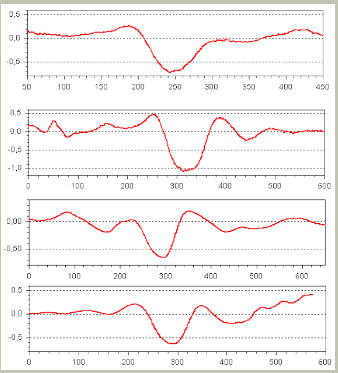
Fig. 6 G. Crater profiles from the Niederrhein strewn field craters, although much larger, show nearly similar shape (in the mathematical-geometrical sense.
The described prototype of the crateriform structures does not hide the fact that in all of the strewn fields presented and studied here there are very complex variations, for which it is somewhat generalized that a central-pit crater is surrounded by a more or less broad ring zone of terraced or undulating formation, which enlarges the whole structure up to three times or more the morphologically conspicuous inner crater. (Fig. 7). The special type of water droplet model is shown in Fig. 8.
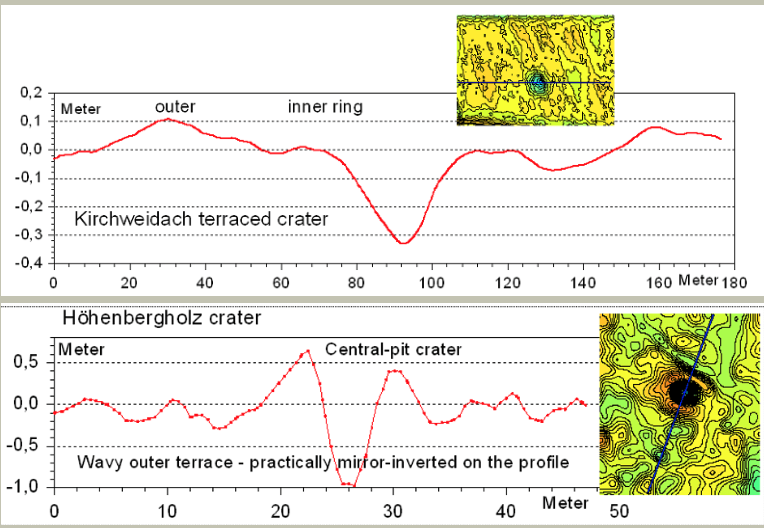
Fig. 7. Chiemgau impact strewn field: terraced and wavy craters.
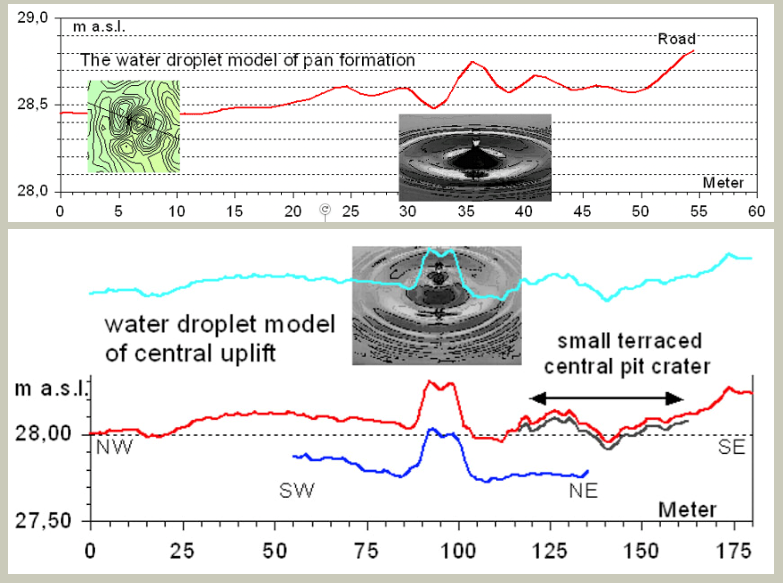
Fig. 8. Premnitz strewn field: the water droplet model of formation of complex crateriform structures. Unlike water, the previously liquefied underground (soil liquefaction) apparently freezes as the structure is formed.
5 Discussion and conclusion
The line to be drawn here is relatively simple: As exemplified before, pingos and Sölle in general are never perfectly circular. It is spoken and written about the round pingos and Sölle, but they are almost always rather elongated oval and only sometimes approximately round. It is impossible to understand by common sense alone how, according to all previous models, depressions morphologically perfectly circular to the centimeter and decimeter range should be formed by the collapse of pingo mounds measuring 100 m or more or the melting of 100 m irregular blocks of dead ice left by the glacier. If we exclude human origin such as bomb or other explosion craters or archeological constructs (which would have to be verified on a case-by-case basis), meteorite craters recently give an almost reliable response to distinguish them from conventional interpretations, thanks to the great capabilities of DTM and data processing.
Perfectly circular ground structures, especially regularly with ring walls, and often terraced and equipped with wave-like multiple rings point rather strictly to a formation from above by an impact process [12]. Since the extremely flat craters in the strewn fields mentioned here exclude an origin by the impact of a massive, solid projectile, one must think of a model of one or more impact airbursts already discussed several times before [10, 13], when a point-like concentrated extreme explosion above the earth’s surface sends a spherical shock front against the earth’s surface, which inevitably leads there to perfectly circular terrain deformations. As a general “motor” for the recently detected impacts in the Central European area with here briefly presented crater strewn fields, a comet or a “rubble pile” asteroid, which had previously disintegrated into many individual parts, would be a hypothesis worth discussing. More than worthy of discussion should be the realization among glacial geologists and geomorphologists that in the young postglacial landscapes meteorite craters, singly or in scattered fields, may be part of the regular inventory, and pingos, mardels, and Sölle are also considered from this new point of view.
References:
[1] Martin, M. R. (2014) Eiszeit- glaziologie-Theorie, 17, 18, viademica.verlag, Berlin
[2] Troll, C. (1962) “Sölle” and “Mardelles”. Glacial and Periglacial Phenomena in Continental Europe. – In: Erdkunde XVI. – Bonn., 16, 31-34.
[3] Barth, B. et al. (1996) Mardellen im saarländisch-Iothringischen Schichtstufenland. DELATTINIA, 22, 1-285.
[4] Poßekel, J. and Ernstson, K. (2021) The So-Called “Sölle” Late Pleistocene Circular Formations in the Brandenburg and Mecklenburg-Vorpommern Federal States (Northern Germany): Evidence of Meteorite Impact Crater Strewn Fields 12th PCC Mtg., Abstract #2024
[5] Cailleux, A. (1956) Mares, mardelles et pingos. Comptes rendus des seances de l’Académie des Sciences, 242, 15, 1912-1913
[6] Wiegand, G. (1965) Fossile Pingos in Mitteleuropa . Geographische Gesellschaft Würzburg, 16, 152 p., Würzburg
[7] Rappenglück, M. A., Rappenglück, B., and Ernstson, K. (2017) Kosmische Kollision in der Frühgeschichte: Der Chiemgau-Impakt: Die Erforschung eines bayerischen Meteoritenkrater-Streufelds. Zeitschrift für Anomalistik, Vol. 17, pp. 235–260. English translation.
[8] Ernstson, K., Müller, W., Gawlik-Wagner, A.(2018) THE SAARLOUIS SEMI CRATER STRUCTURE: NOTABLE INSIGHT INTO THE SAARLAND (GERMANY) METEORITE IMPACT EVENT ACHIEVED. – LPSC, Abstract and Poster #1876
[9] Waldmann, G., F. Herten, M. Hiltl, K. Ernstson (2018) The Enigmatic Niederrhein (Germany) Deposit: Evidence of a Middle-Pleistocene Meteorite Impact Strewn Field, Poster LPSC, Abstract and Poster #1610
[10] Poßekel, J., Molnár, M, Enstson, K.et al. (2022) THE PROPOSED METEORITE IMPACT EVENT IN THE CZECH REPUBLIC: EVIDENCE STRENGTHENED BY INVESTIGATIONS WITH THE DIGITAL TERRAIN MODEL LPSC 2022, iPoster DOI: 10.13140/RG.2.2.17849.65123
[11] Ernstson, K., Schulz-Hertlein, G., Ernstson, T., Poßekel, J. (2022) A Probable Holocene Meteorite Impact Crater Strewn Field in Lower Franconia (Germany): Evidence from Digital Terrain Models and Geophysical Surveys (GPR, Electrical Imaging, Geomagnetics). Poster, AGU Fall Meeting 2022.
[12] Rappenglück, M.A., Poßekel. J., Ernstson, K. (2021) MARS AND MOON ON EARTH: FORMATION OF SMALL TERRACED IMPACT CRATERS AND GROUND PENETRATING RADAR INVESTIGATIONS . – 12th Planetary Crater Consortium Mtg 2021 (LPI Contrib. No. 2621) Abstract #2021.
[13] Ernstson, K., Poßekel, J., Rappenglück, M.A. (2020)Near-ground airburst cratering: petrographic and ground penetrating radar (GPR) evidence for a possibly enlarged Chiemgau Impact event (Bavaria, SE-Germany). – 51th LPSC, Poster and Abstract #1231






































































